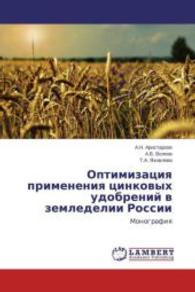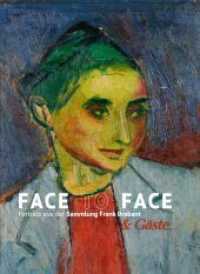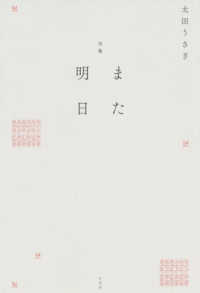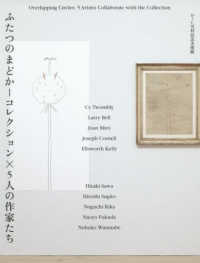- ホーム
- > 洋書
- > 英文書
- > History / World
Full Description
When Viking Age houses are reconstructed, the focus is usually on the fireplace, and how tables, benches and beds were arranged. These things help us understand how people lived. But we often forget that textiles - like blankets, sheets, tablecloths and wall hangings - were also important in everyday life. Textiles were used for comfort, cleaning and decoration, and they also helped tell stories and show a person's social status.
Most Viking Age textiles that have survived were found in graves. These include not just clothes, but also bedding, pillows and fabric used to wrap objects. A burial chamber can be seen as a kind of room for the dead, filled with items that show how people lived and what they valued. Because of this, burial chambers are one of the best sources we have for learning about household textiles. By looking at textiles in their original settings and using different research methods, we can better understand how textiles were used, why they were needed and how valuable they were.
The chapters in this book look at different types of textiles used inside Viking houses, where they were placed, how they were used and how they worked with other materials. They also explore how textiles fit into the space of the house. How was the house set up, and how did people experience it as they moved around? This kind of study helps us understand the space better, which is often missed when we only look at things like postholes and fireplaces.
Contents
Introduction: Interior Textiles in the Viking Age
1. Houses, Homes and Textiles in the Viking Age. A Perspective from Assemblage Theory
Anna S. Beck
Techniques, Textiles, and Texts - Interior Textiles from Birka with a few other Examples from Scandinavian Viking and Early Middle Ages
Eva Andersson Strand
Textile Materials Found in the Valsgärde Boat Graves in Sweden
Marie Bengtsson
Bedding Equipment in Scandinavian Viking Age Burials
Charlotte Rimstad
The Embroidered Textile from the Viking Age Burial of Bjerringhøj
Ulla Mannering and Charlotte Rimstad
Tapestries in Visual and Oral Storytelling. The Oseberg Example
Marianne Vedeler
The Imagery of the Gotland: Picture Stones Compared to the Tapestries from Oseberg And Överhogdal
Laila Kitzler Åhfeldt
Textiles in a Martial Context: Evidence of Production and Use in the Garrison at Birka, Sweden
Charlotte Hedenstierna-Jonson
Early Medieval textiles from a House in Sigtuna
Amica Sundström








